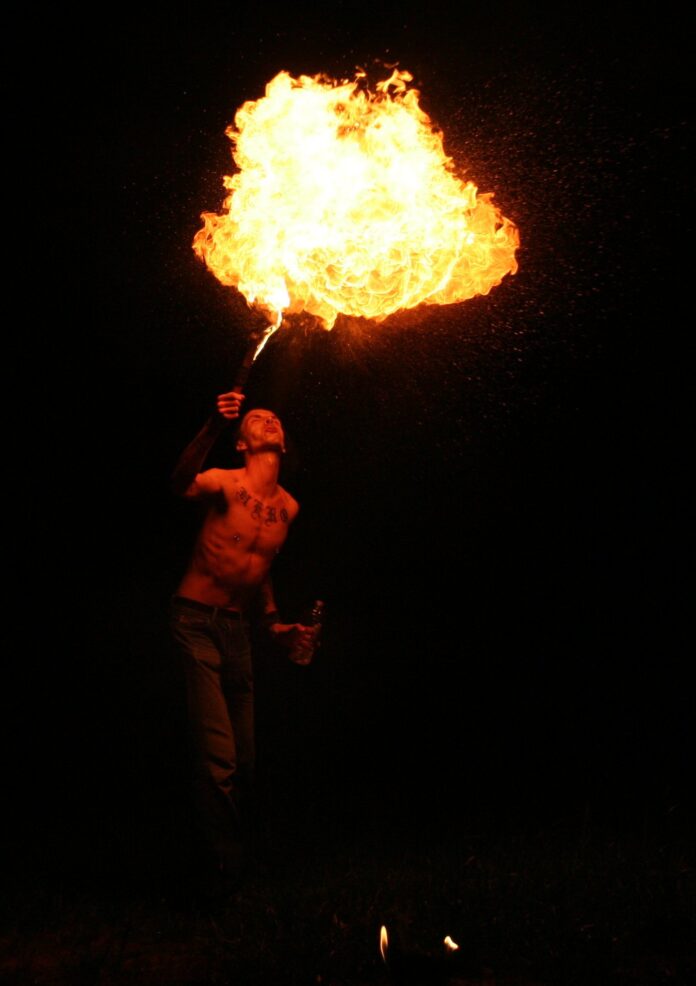 A. William Underwood (1855) was a young African-American man from Paw Paw, Michigan who many believed could breathe fire.
A. William Underwood (1855) was a young African-American man from Paw Paw, Michigan who many believed could breathe fire.
Pyrokinesis one might call it in the parlance of parapsychology. In 1882, Dr. L. C. Woodman, a local physician, investigated the man’s uncanny talent, eventually publishing an article in the Michigan Medical News.
Of his peculiar ability, Woodman had this to say:
“I have a singular phenomenon in the shape of a young man living here, that I have studied with much interest, and I am satisfied that his peculiar power demonstrates that electricity is the nerve force beyond dispute. [Underwood’s] gift is that of generating fire through the medium of his breath, assisted by manipulations with his hands. He will take anybody’s handkerchief, and hold it to his mouth, and rub it vigorously with his hands while breathing on it, and immediately it bursts into flames and burns until consumed.”
Despite Woodman’s claim of rigorous testing, skeptics believed otherwise. Some, such as Dr. R. Thomas of De Pere, Wisconsin, suggested Underwood hid small pieces of phosphorus (which burns at temperatures as low as 86 degrees Fahrenheit) in his mouth that would ignite under the heat of his breath and rubbing hands. Given its volatile nature, phosphorus seems like a dangerously unstable thing to keep in one’s mouth for the sake of a 25 cent sideshow routine. And how was it missed when Underwood’s mouth was thoroughly checked during Woodman’s investigation?
Was Underwood a genuine talent or a skilled hoaxer?

